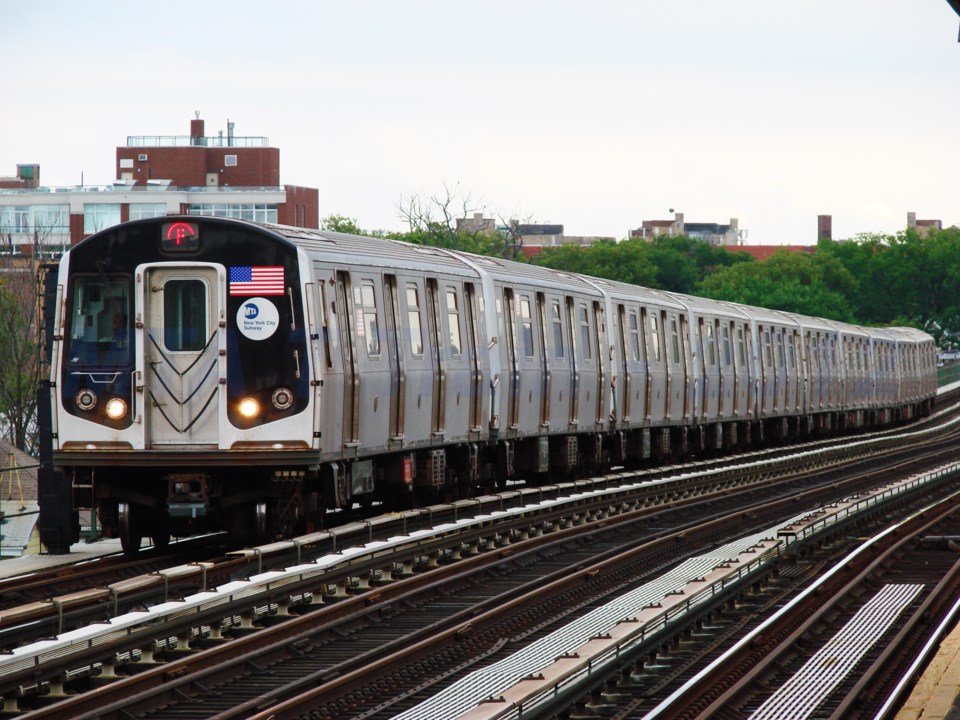The Metropolitan Transportation Authority (MTA) is facing serious financial trouble amid its 2025-2029 Capital Program, according to a report released on Thursday by State Comptroller Thomas P. DiNapoli.
The MTA must find new sources of revenue to address billions in unmet capital needs, compounded by the pause on congestion pricing, which left a $15 billion gap in funding, DiNapoli said.
“The choices that the MTA and the state make in the coming months will determine the future of the transportation system for years to come,” DiNapoli said. “Understanding the options and what’s at stake is key for all stakeholders and riders in particular.”
The MTA is required to submit its capital plan for state approval by October 1. DiNapoli's report estimates the agency’s capital needs at between $57.8 billion and $92.2 billion, with a midpoint of $75 billion. Key projects from the 2020-2024 program, such as Phase 2 of the Second Avenue Subway, may be pushed into the new plan, further crowding other investments.
The report highlights critical needs, including repairs to infrastructure like the Grand Central Terminal, now expected to cost $2.7 billion, up from an earlier estimate of $150 million. Additionally, 1,725 subway cars will exceed their 40-year service life by 2030, with replacement costs ranging between $8.4 billion and $16.5 billion.
To fund the program, the MTA will need to rely on borrowing, fare hikes, and state and federal contributions. DiNapoli warned that funding gaps, particularly the $15 billion from congestion pricing, must be addressed to ensure the system’s future. Prioritization and transparency will be key to securing the necessary support.




